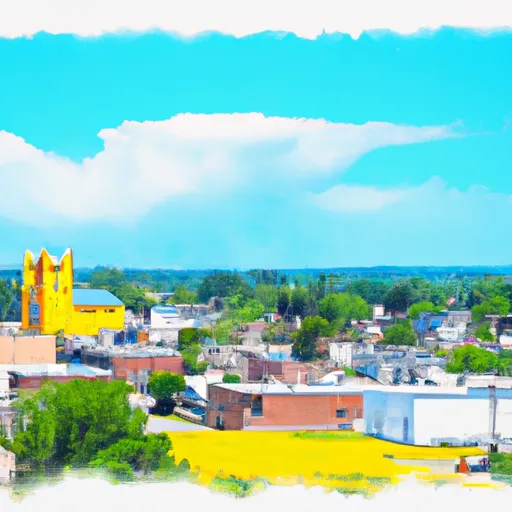°F
°F
mph
Windspeed
%
Humidity











Liscomb, Iowa is a small town located in Marshall County, in the central part of the state. The town experiences a humid continental climate, characterized by warm summers and cold winters. Average temperatures range from around 20°F (-6°C) in January to approximately 83°F (28°C) in July. Precipitation is fairly evenly distributed throughout the year, with an annual average of around 36 inches (91 cm).
Liscomb is situated near the Iowa River, which plays a significant role in the town's hydrology. The river serves as a vital water source and supports various recreational activities such as boating, fishing, and kayaking. Anglers can expect to catch a variety of fish species, including catfish, bass, and panfish.
In addition to river activities, Liscomb offers several outdoor recreational opportunities. The town is surrounded by picturesque countryside, providing ample space for hiking and biking. There are also nearby parks and nature reserves where visitors can enjoy picnicking, birdwatching, and wildlife spotting.
Overall, Liscomb, Iowa offers a pleasant climate, access to the Iowa River, and a range of outdoor activities, making it an attractive destination for nature enthusiasts and outdoor adventurers.
Weather Forecast
Liscomb receives approximately 898mm of rain per year, with humidity levels near 82% and air temperatures averaging around 9°C. Liscomb has a plant hardyness factor of 5, meaning plants and agriculture in this region thrive during a short period during spring and early summer. Most plants will die off during the colder winter months.
Regional Streamflow Levels
111
Cubic Feet Per Second
45
Cubic Feet Per Second
63
Cubic Feet Per Second
100
Cubic Feet Per Second
Nearby Camping
| Camping Area | Reservations | Toilets | Showers |
|---|---|---|---|
| Stump Island Park | |||
| Versailles City Park | |||
| Unionville City RV Park | |||
| Arrow Rock State Park | |||
| Herring Memorial Park - Brunswick | |||
| Miami Lake Park |



